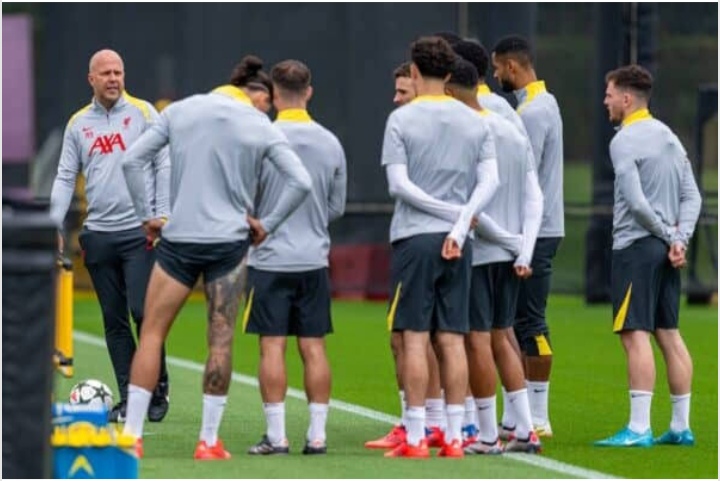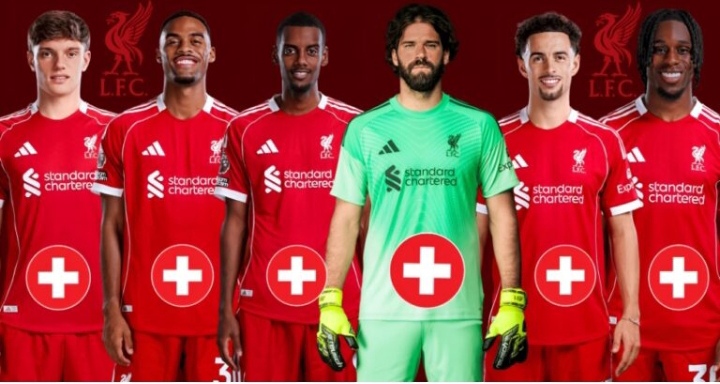Liverpool and the Rise of Tactical Flexibility in Modern Football
In today’s fast-changing football landscape, adaptability isn’t just an edge—it’s a necessity. Liverpool Football Club, guided by their coaching staff, has become a prime example of this evolution, showcasing how innovation in defensive setups and player roles can redefine team management. The growing reliance on versatile players in unfamiliar positions has emerged as one of the most significant tactical trends in the modern game.
Gone are the days when positions were rigid. A midfielder was once only expected to control the center, while defenders were judged solely on their ability to stop attackers. Now, players must be able to switch seamlessly between roles, adapt to multiple systems, and offer solutions in real time. For clubs, this not only maximizes player value but also solves several tactical problems at once.
No position embodies this shift more than the full-back. Traditionally defensive, today’s full-backs are now expected to attack, create chances, and cover huge distances. The demands of overlapping runs, pressing, and maintaining attacking width often push them to their physical limits, making injuries or fatigue a frequent issue. Finding suitable replacements becomes challenging because the role requires such a rare mix of attributes.
Liverpool’s solution reflects wider changes in football: instead of replacing full-backs with similar players, they often redeploy midfielders or other versatile squad members. This approach not only solves personnel shortages but also introduces unpredictability, forcing opponents to adapt on the fly.
Placing a midfielder at full-back comes with clear tactical benefits. Midfielders naturally possess strong passing range, awareness, and composure under pressure—qualities that modern full-backs need during build-up play. Their tendency to drift inward can create new passing lanes, free up wingers, and maintain possession in tight spaces.
However, the transition is not without challenges. Defensively, midfielders must learn to manage one-on-one duels, wide positioning, and recovery runs. The physical demands also differ—full-backs require constant lateral movement and stamina to deal with counterattacks. Still, the attacking side of the role often suits midfielders, particularly in systems using inverted full-backs who step into midfield.
The broader tactical landscape has embraced fluid formations, where roles blur depending on the phase of play. In systems like the 4-3-3, full-backs often push high while midfielders drop deeper, creating rotations that make teams more unpredictable. Recruitment strategies now value versatility over specialization, allowing clubs to keep leaner squads without sacrificing flexibility.
This approach also makes financial sense. In an era of soaring transfer fees, players who can excel in multiple positions offer better value, essentially covering the roles of two or three squad members. At the academy level, youngsters who show adaptability are often prioritized, since their long-term value to the first team is greater than that of single-position specialists.
Football history is full of successful positional switches, but the modern game has accelerated the trend. Influenced by philosophies like Dutch “Total Football,” today’s players and coaches embrace interchangeability more than ever. Training methods now include regular positional experiments, developing not just emergency cover but also a deeper tactical intelligence across the squad.
Psychology plays a role too—players must trust themselves in new positions and stay mentally resilient through growing pains. Yet when successful, these experiments create advantages that extend beyond individual matches. Opponents are forced to prepare for multiple scenarios, often stretching their tactical focus thin.
The risks remain. Overusing players in roles they’re not comfortable with can hurt performance, development, or fitness. But with careful management, the benefits usually outweigh the drawbacks.
Looking ahead, positional fluidity shows no sign of slowing down. Data analytics now help identify which players are best suited for such roles, while hybrid positions—tailored for flexibility—may soon become the norm. The game is evolving toward a model where adaptability, rather than specialization, defines elite football.
Liverpool’s tactical adjustments highlight this future. By embracing versatility in defense and beyond, they not only address immediate challenges but also create long-term competitive advantages. In the end, success in modern football isn’t just about talent—it’s about how effectively that talent can be applied across different scenarios.
As the sport continues to develop as both an art and a science, one principle remains clear: those who adapt fastest thrive. Liverpool’s approach offers a blueprint for how clubs can navigate the demands of the modern game with creativity, intelligence, and tactical innovation.










